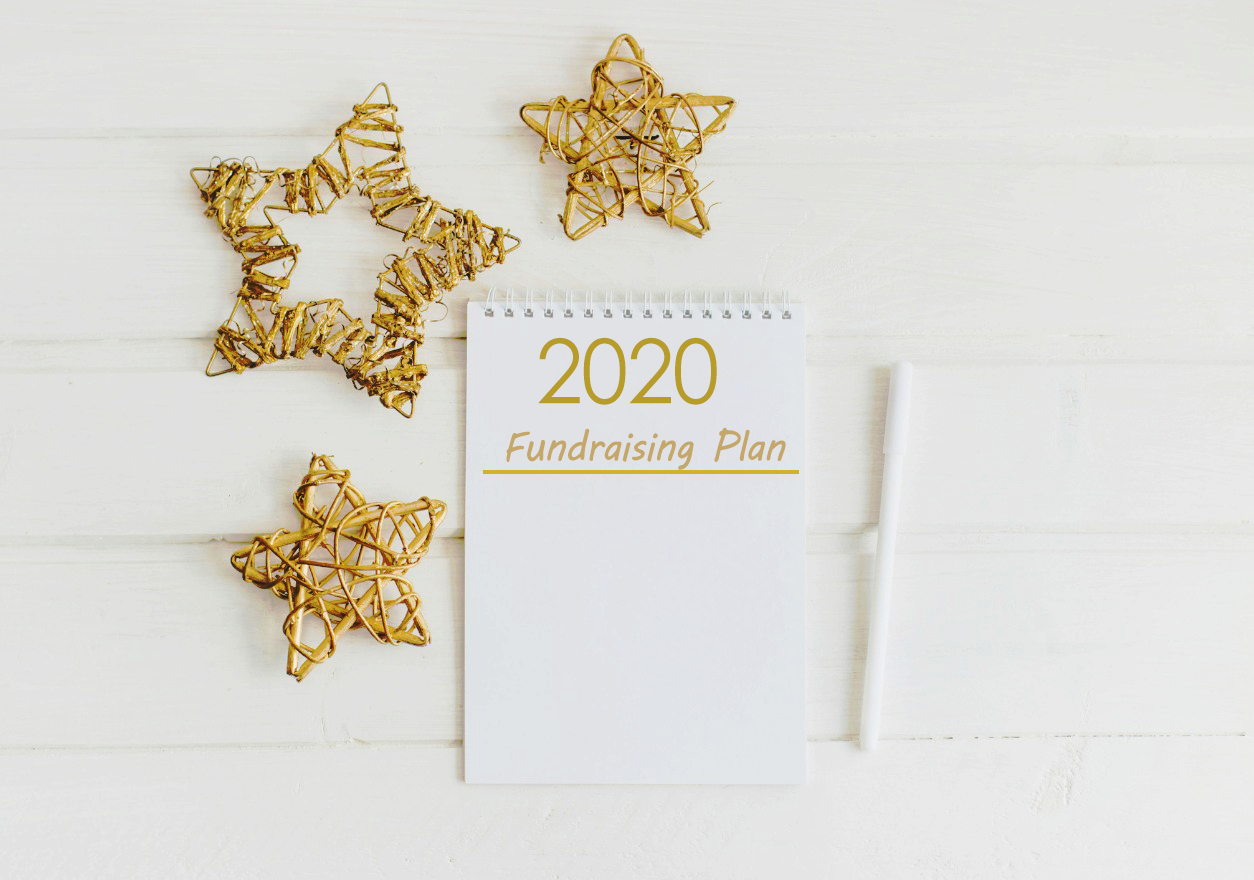A new year, a new beginning! Here comes a blank, fresh and a new book to be written. Make sure your nonprofit inks it down with utmost perfection. It is time to reinvigorate your nonprofit fundraising plan, set new goals and make the best out of it. But how to begin? No worries, we will help you out.
Set reasonable goals and objectives
It does not matter whether you are a large, government-subsidized nonprofit or a small, unknown nonprofit organization. Whichever may be the category, every nonprofit needs to define its goals for the upcoming year. If you’re a new and small charity, you would not have made a lot in your current year. Much of your energy and time will be invested in running promotions, building up a volunteer base and so on. In the said scenario, the best plan would be to channelize a large chunk of your funds towards the marketing of your charity for the year. While we speak about setting goals, we would again like to draw your attention towards the SMART goal setting. Your goals should be specific, measurable, achievable, relevant and time-bound.
An assessment of the current year
Your goals will be based on several factors. What your mission is, your current campaigns – where those campaigns stand and what more needs to be done – and even the economic factors matter. But what could be a better way to give you a clear picture for the upcoming year other than the reports of the year gone by. Your previous year’s nonprofit fundraising report will help you guide you through the upcoming year.
The analysis of the reports will help you draw a conclusion on the following:-
- The current budget and the budget you can allocate for the coming year
- The number of projects you will be expecting to work on
- The funding for the upcoming campaigns – for marketing
- The requirements to make the campaign a success – facilities, resources, etc
- The number of volunteers you will need
- How much costing has increased from previous years?
- Your recurring and loyal donors and what you can expect from them?
- Are their funds available from grants or donations? How much?
- An estimated time you need to invest in the campaigns for the coming year
Plan out your yearly schedule
For a well-organized and prepared fundraising event to occur throughout the year, you need planning. It is nothing different from day-to-day life. For things to happen smoothly even in your personal life, you need planning on an everyday basis. Well, running your nonprofit is no different.
Start planning your events and campaigns on a master schedule. All your events for the entire year should be listed down on the sheet. To make every event and each of your door-to-door campaigns a success, you will need a good amount of lead time, sales time and thank you time.
Recovery time – a much-needed aspect for your volunteers!
Your charity helpers are mainly unpaid volunteers. Go ahead a mile and give a thought about your volunteers too. Your volunteers are equally as important as your donors.
Setting up unrealistic goals and putting pressure on them will make them bound to react negatively instead of a positive outcome. Overwork will make your volunteers tried and stressed out. This will make them disengaged and will no longer fulfill their responsibilities. They might ultimately suffer from what is known as “volunteer burnout”. Your volunteers will no longer enjoy what they are doing and will eventually quit volunteering for your charity.
Allow them to take out time to enjoy holidays, spend time with their family and friends, attend social events, and etc. The best way to do so is by allowing your volunteers a few days of recovery time in between each major fundraising event or campaign.
The ultimate thing to do
Congratulations! You are almost set with your annual nonprofit fundraising plan. To bring the plan into action, start sharing your plan and related documents among your team and volunteers. Make them these documents accessible so that your entire nonprofit team is on the same page.
